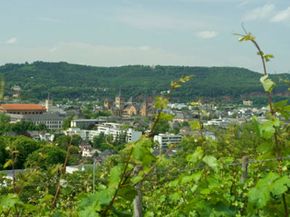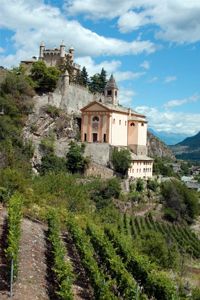When people think of Basilicata, wine most likely isn't the first thing on their mind. Instead, poverty, poor conditions and large unpopulated areas probably come first -- then, maybe, wine. In addition to the simple fact that it's competing with giants like Sicily, Apulia and Tuscany, Basilicata just doesn't have an abundance of agriculture or a large workforce.
Situated between Apulia and Calabria in the south of Italy, Basilicata is one of the few regions in Italy that is mostly landlocked. Only two tiny pieces of the region stretch to meet water -- the Ionian Sea on one side and the Tyrrhenian Sea on the other. Basilicata has had to endure quite a bit, as it was all but forgotten after the unification of Italy. Land was given to people who didn't care about it and it sat unused, unkempt and unwatched [source: Wine Country]. Pirates and bandits wreaked havoc throughout the region.
Advertisement
There are so many negatives that it may seem like Basilicata doesn't have a lot to offer, but there is wine. It may not produce the most wine, but wineries in Basilicata make enough to be noticed. Poor soil conditions that make the rest of the land infertile just happen to be perfect for the cultivation of grapes and the continental climate doesn't hurt either [source: McCarthy]. In fact, Basilicata is responsible for one of Italy's most respected wines, Aglianico del Vulture. For a long time it was the only wine from the region worth talking about, but recently a few new wines have broken onto the scene.
Visit Basilicata and you will find an untouched Italy, a part of the country where you can travel for miles without seeing another person. Amid the landscape, you'll see grape vines covering the side of a volcano. In Matera, you'll find a World Heritage Site. And in Venosa, you'll find ruins from the Roman era. There's something to be said for the simplicity of the region. And of course, you'll find the proof that Basilicata can make a good wine when you taste the Aglianico del Vulture.
Read on to discover how wine in Basilicata began.
Advertisement


